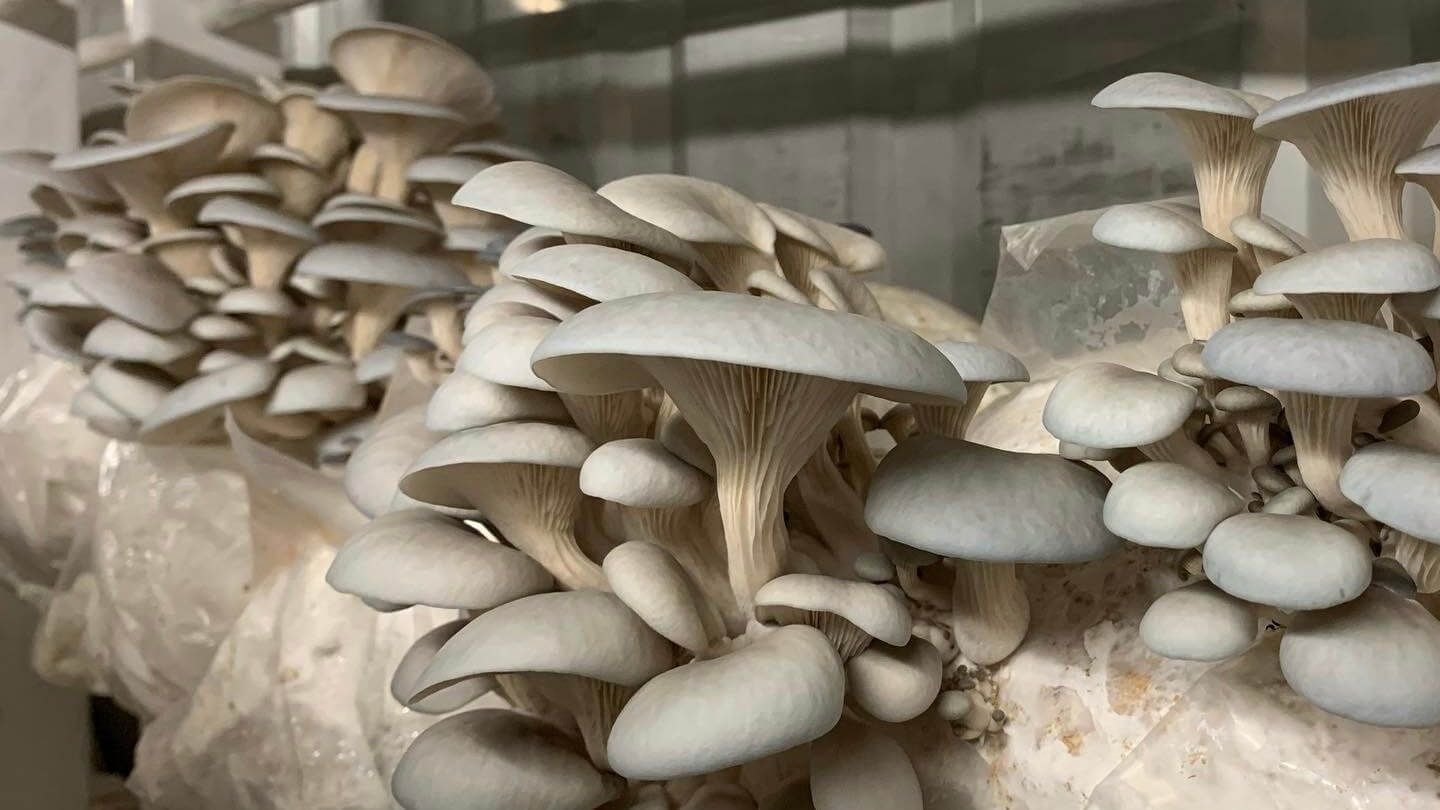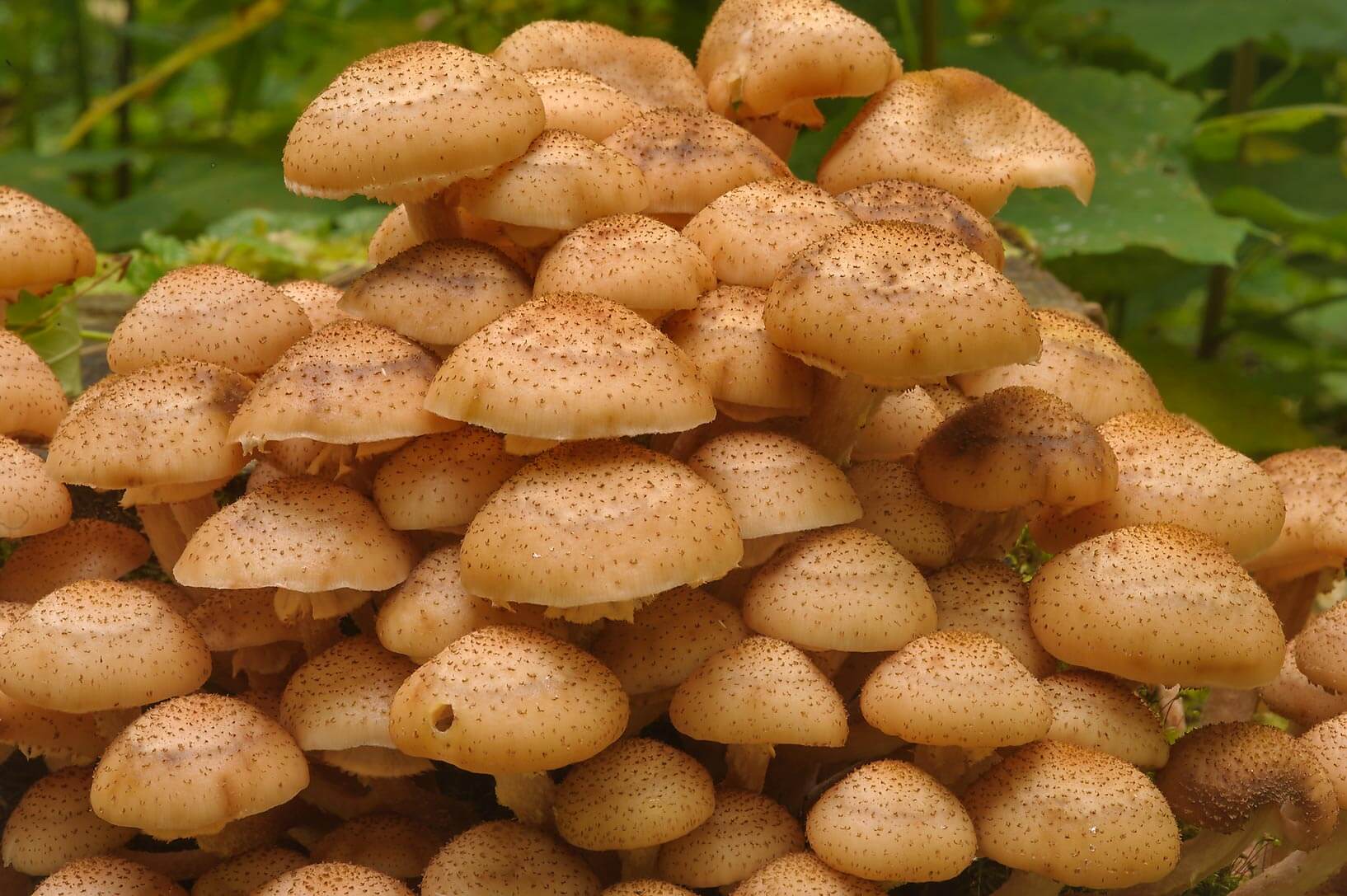(With a Little Bit of Mushroom Mischief)
There’s something quietly rebellious about learning to grow mushrooms at home. While the world rushes around chasing sunlight, mushrooms whisper, “We’ll bloom in the dark, thank you very much.”
Whether you're looking to grow your own food, learn a new skill, or just impress your dinner guests with something that literally came out of a bucket — welcome. You're about to enter the delicious, slightly mysterious, and surprisingly doable world of indoor mushroom cultivation.
Table of Contents
- 🍄 Why Grow Mushrooms at Home?
- 🧰 What You’ll Need to Start Growing Mushrooms Indoors
- 🔧 3 Easy Ways to Start Growing Mushrooms at Home
- 😬 Common Mushroom Growing Mistakes (Don’t Be That Grower)
- ⏳ Timeline: From Spores to Stir Fry
- 🌿 Final Tips From the Fungal Underground
- ✨ Your First Flush Is Waiting
- 🌱 Bonus: What to Do With Your Mushrooms (Besides Just Eat Them)
- FAQs
🍄 Why Grow Mushrooms at Home?
Because you can.
Because it’s weird and satisfying.
Because fungi are neither plant nor animal — they are something... else.
Also:
Mushrooms grow in places tomatoes would cry.
They’re packed with nutrients and umami.
They make you feel like a wizard (or a gentle biohacker).
They’re easier than you think — once you know the basics.
And trust me, nothing beats the thrill of watching your first flush of oyster mushrooms erupt from a grow bag like a triumphant fungal phoenix.
🧰 What You’ll Need to Start Growing Mushrooms Indoors
No need to build a sterile lab in your closet. If you want to grow mushroom at home you can start simple:
Spawn or culture: the mushroom “seed” (liquid culture, grain spawn, or a spore syringe)
Substrate: food for your fungi (straw, sawdust, or grains)
Container: like a bucket, bag, or reused takeout container — mushrooms are not snobby
Humidity & fresh air: because mushrooms are picky about vibes
Light: just enough to know which way is up (indirect sunlight works fine)
Optional wizard tools:
Spray bottle (for misting spells)
Alcohol wipes (for vanquishing invisible enemies)
Gloves (if you like to pretend you’re a lab tech)
This setup works for oyster mushrooms, lion’s mane, and even shiitake if you’re feeling brave.
🔧 3 Easy Ways to Start Growing Mushrooms at Home
1. Mushroom Kit (for the Curious-but-Cautious)
Zero stress, zero sterilization.
Mist it, watch it, harvest. Boom.
Perfect for first-timers, kids, or anyone who just wants to skip to the fun part.
Click here to grab a beginner-friendly mushroom growing kit.
2. DIY Inoculation (for the Brave)
Inject liquid culture into a sterilized substrate.
Watch mycelium take over like a slow-motion alien invasion (but wholesome).
Great for learning and experimenting. Also for people who enjoy saying the word “sterile” a lot.
Click here to grab liquid cultures.
3. Outdoor Beds or Logs (for the Patient Druid Type)
Plug spawn into logs or buried wood chips.
Takes months, sometimes a year.
But once it starts, it can fruit again and again — like magic. Or science. Or both.
Click here to explore mycelium dowels.
 Pink and Elm oyster mushrooms growing from a grow kit — an easy way to grow mushrooms at home.
Pink and Elm oyster mushrooms growing from a grow kit — an easy way to grow mushrooms at home.😬 Common Mushroom Growing Mistakes (Don’t Be That Grower)
Too dry? Mushrooms sulk.
Too wet? Mold parties happen.
Not enough fresh air? Your mushrooms grow long necks like they’re trying to escape.
Touched it with dirty hands? Bad idea. Mycelium wants respect.
⏳ Timeline: From Spores to Stir Fry
Inoculation: Introduce the culture to the substrate. The first date.
Colonization: Mycelium spreads. This is where the real magic happens.
Fruiting: Conditions shift, and mushrooms start to form.
Harvest: Cut them at their peak — right before the caps fully flatten.
Flush again: Many blocks produce 2–3 rounds. Bonus!
🌿 Final Tips From the Fungal Underground
Start with oyster mushrooms — they grow fast and forgive your mistakes.
Keep a journal or take photos — your future self will thank you.
Contamination happens. Learn from it and move on.
Mushrooms will teach you patience, wonder, and when to mist (hint: often).
✨ Your First Flush Is Waiting
There’s a strange joy in growing something that doesn’t play by the usual rules. Mushrooms don’t need soil, don’t need sunlight, and definitely don’t need permission — which makes them perfect for anyone who wants to grow mushrooms at home with minimal fuss.
All they ask for is the right conditions, a little attention, and maybe a name if you're the type to name your grow bags. (No judgment.)
So — ready to grow something wonderfully weird?
We’ve got beginner mushroom kits, liquid cultures, cultivation supplies and all the mushroomy things you need to begin.
Just follow the mycelial thread. It leads to good things.
🌱 Bonus: What to Do With Your Mushrooms (Besides Just Eat Them)
Once you harvest your homegrown mushrooms, you can:
Dry them for later use in soups, broths, or risottos
Powder them into a savory seasoning or nootropic mix
Trade them with a neighbor for garden veggies (instant barter economy!)
Infuse them into oils, vinegars, or tinctures
Take smug photos for social media #FungiFlex
Growing mushrooms at home isn’t just practical — it opens the door to all kinds of culinary, medicinal, and just-for-fun experiments.
FAQs
What are the easiest mushrooms to grow at home?
Oyster mushrooms, lion’s mane, and shiitake are beginner-friendly and thrive in simple setups.
Do I need a lot of space to grow mushrooms indoors?
Nope. A shelf, closet, or countertop can work perfectly. Small space? No problem.
Can I grow mushrooms without a kit?
Yes! With some basic supplies — liquid culture, substrate, and a bit of curiosity — you can set up your own DIY mushroom system.
How long does it take to grow mushrooms at home?
Most species take 3–6 weeks from inoculation to harvest. Oyster mushrooms can be even quicker.
Can I reuse my substrate?
Sometimes! After harvesting, you might get a second or third flush. Eventually, the nutrients run out, but spent substrate can be composted or used in your garden.






